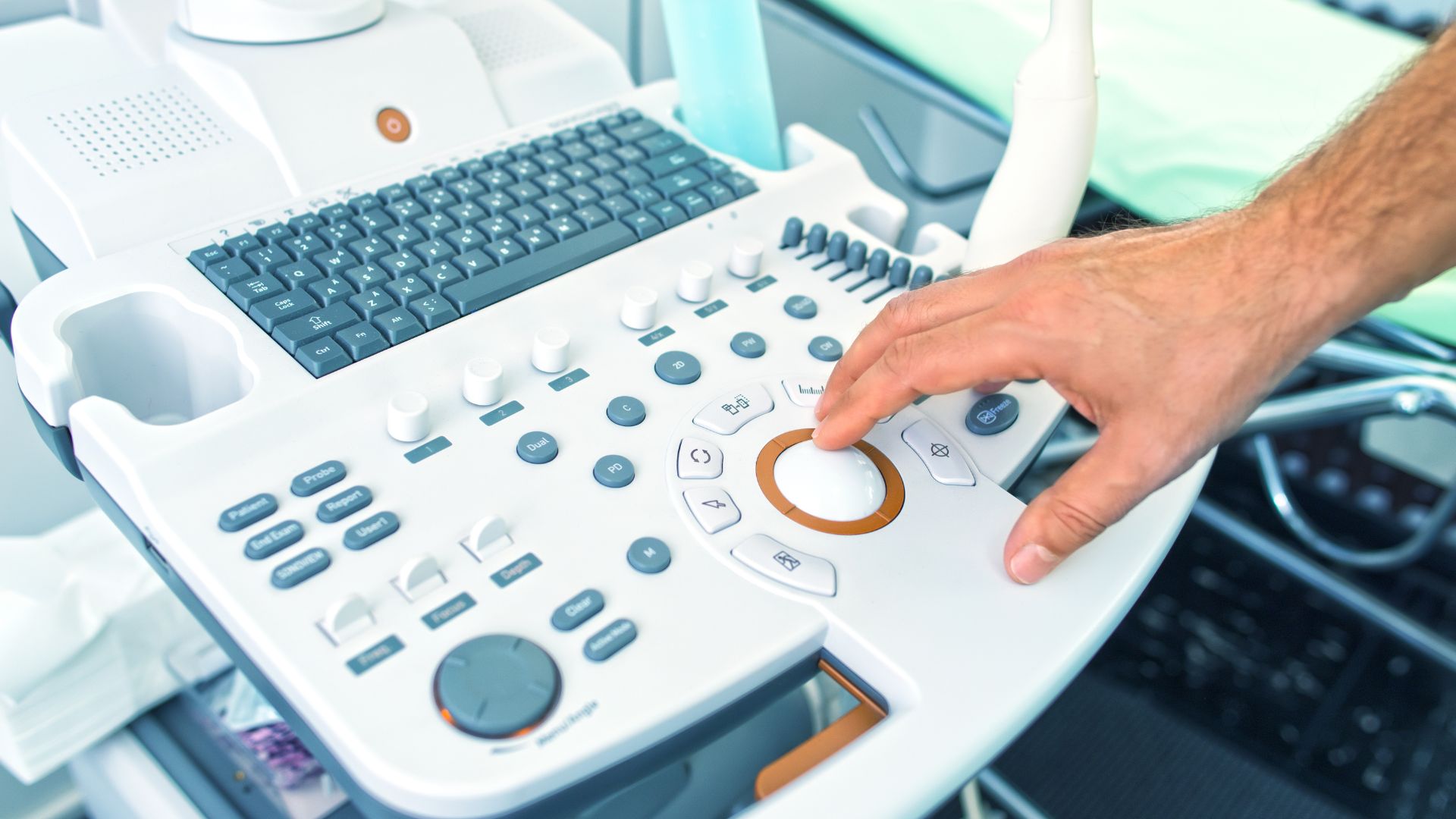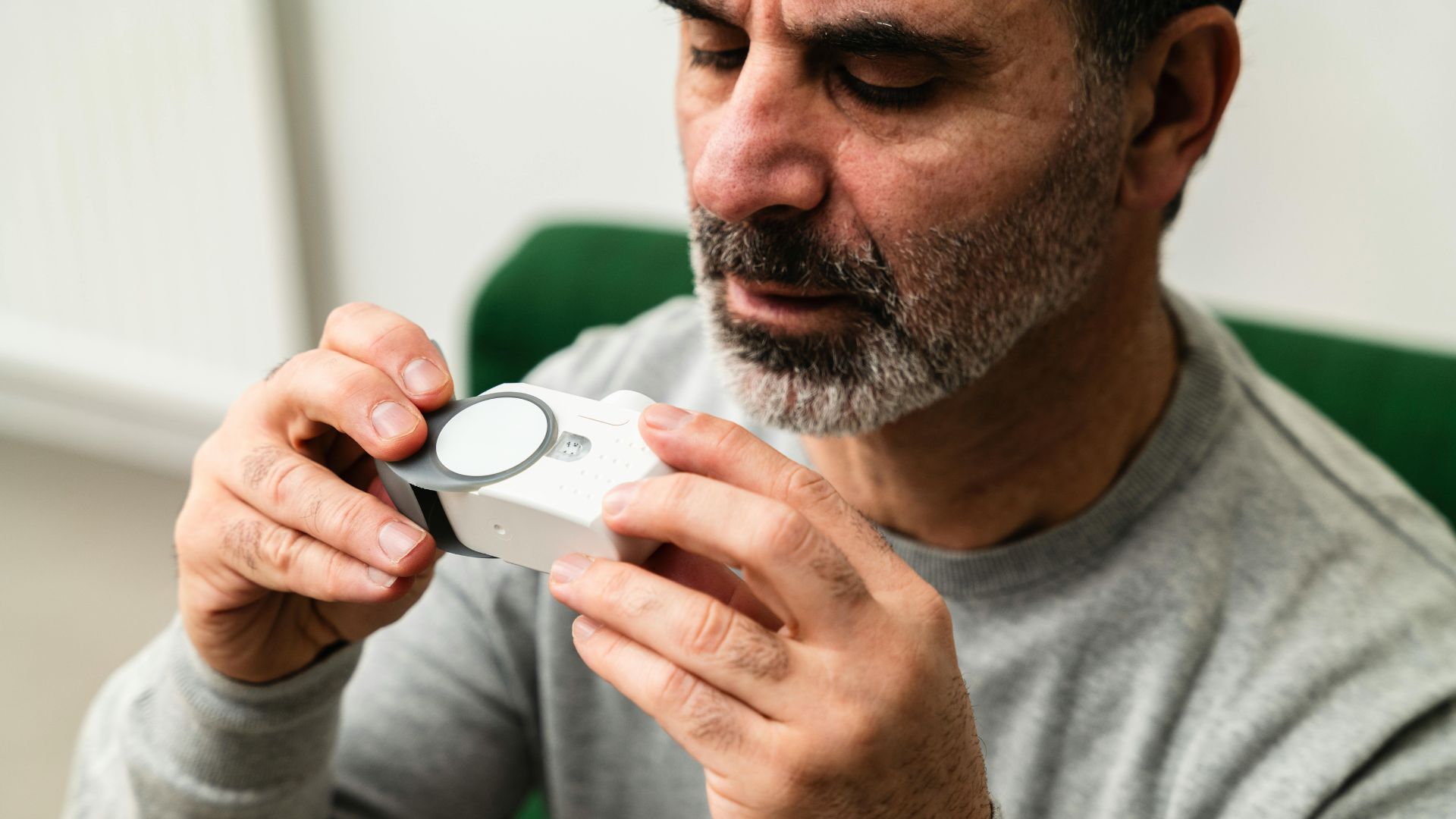Clear, accurate, and comprehensive device labeling is essential to the safety and effectiveness of medical devices, as outlined in FDA regulations under 21 CFR Part 801. In the eyes of the FDA, labeling is far more than a sticker on a product—it encompasses a wide range of materials and communications that inform users about proper operation, storage, risks, and intended use. This includes everything from packaging and instructions for use (IFU) to digital interfaces and patient education materials.
To ensure consistency and safety across the healthcare system, the FDA enforces strict labeling requirements through 21 CFR Part 801 and control procedures under 21 CFR Part 820.120. Noncompliance with labeling regulations can result in enforcement actions, delayed market access, or patient harm. This guide walks through the core components of FDA medical device labeling, required content, regulatory expectations, and best practices for maintaining control and compliance.
What Is Considered Medical Device Labeling?
FDA defines medical device labeling broadly. Under 21 CFR Part 801.109(b)(1), it includes all labels and other written, printed, or graphic matter:
- On the device
- On any of its containers or wrappers
- Accompanying the device at any time
This definition extends beyond the product label to include:
- Packaging labels
- Instructions for use (IFU)
- User interface screens or embedded software messaging
- Product inserts and manuals
- Promotional or training materials accompanying the device
Per ISO 13485:2016, labeling includes identification, technical descriptions, intended purpose, and proper use instructions (excluding shipping documents). Whether for a hospital ventilator or an over-the-counter glucose monitor, labeling is designed to support safe and effective device use by providing essential instructions and warnings.
Understanding 21 CFR Part 801
This regulation outlines the general and specific labeling requirements for medical devices distributed in the United States. Core provisions include:
- Section 801.1: Labeling must include the name and place of business of the manufacturer, packer, or distributor.
- Section 801.5: Directions for use must be adequate for the layperson or healthcare provider.
- Section 801.15: Labeling must be legible, prominent, and appropriately placed.
- Subpart B and C: Apply to over-the-counter (OTC) and prescription devices respectively, with additional rules for investigational and restricted devices.
- Subpart B (801.20 – 801.39): Includes specific rules on content formatting, device name, indications, contraindications, and UDI.
Risk classification and intended use also influence the level of detail required. For example, Class III implantable devices typically require more extensive labeling than low-risk Class I accessories. Some Class I and unclassified devices may qualify for partial labeling exemptions under 21 CFR 801.109 or 801.125, depending on their intended use or distribution context.
Required Elements on FDA-Compliant Medical Device Labels
Every medical device label must provide sufficient information to ensure the device is used safely and effectively. The required content includes:
- Device Name and Intended Use: Clearly state what the device is and its purpose.
- Instructions for Use (IFU): Provide step-by-step usage directions, including setup, maintenance, and disposal.
- Indications, Contraindications, and Precautions: Define who should use the device, who should not, and what risks may apply.
- Warnings and Cautions: Highlight situations where incorrect use may cause harm.
- Manufacturer Contact Info: Include name, address, and contact method.
- Manufacture and Expiration Dates: Especially critical for sterile or time-sensitive products.
- Lot or Serial Number: Enables traceability in the event of recall.
- UDI (Unique Device Identifier): A mandatory alphanumeric code that identifies the device’s DI and PI components (21 CFR 801.40). For full technical specifications, refer to the FDA UDI Labeling Requirements.
- Standard Symbols: ISO 15223-1 symbols may be used in lieu of text when accompanied by a glossary or reference. If symbols are not generally recognized, a glossary or explanatory insert must accompany the device per FDA guidance.
Labeling for Patient Use
Certain devices intended for layperson or home use require special consideration. Patient-facing labeling should:
- Be written in plain, non-technical language
- Use high-contrast and large font sizes
- Include visual aids or pictograms for key steps
- Present risks and precautions clearly and early
- Include contact info for support or emergency situations
The FDA encourages usability testing to confirm that patients can understand and follow the labeling without supervision. This is especially true for devices used by children, the elderly, or patients with limited English proficiency.
Device Labeling Controls Under FDA QSR (21 CFR 820.120)
Labeling content is not just about accuracy—it’s also about control. Under the FDA’s Quality System Regulation (QSR), manufacturers must implement procedures to manage labeling throughout the product lifecycle.
Label Integrity
Labels must remain legible and affixed under all storage, distribution, and use conditions. Faded, smeared, or detached labels compromise safety and are a violation of 21 CFR 820.120(a).
Labeling Inspection
Before use, each label must be inspected for correctness, including:
- UDI inclusion and formatting
- Correct expiration and control numbers
- Storage and handling instructions
All inspections must be documented in the Device History Record (DHR) with dates and approval signatures.
Labeling Storage
Labels should be stored in a way that:
- Prevents mix-ups between similar products
- Avoids accidental use of outdated or incorrect labels
- Allows easy tracking of inventory
Labeling Operations
The labeling process must include checks to ensure the correct label is applied to the correct device, lot, or batch. As with inspection, these operations must also be documented in the DHR as evidence of compliance.
Control Numbers
For devices subject to traceability (21 CFR 820.65), a control number must be maintained from manufacturing through distribution.
Common Compliance Pitfalls and How to Avoid Them
Labeling errors remain one of the most cited causes of FDA warning letters. In a recent Inspection Observations Summary, the FDA noted that labeling issues were among the top five most common Form 483 citations issued to medical device firms (source: FDA Inspections Database). Common mistakes include:
- Label mix-ups due to improper storage or similar SKU confusion
- Off-label language in instructions or promotional materials
- Omission of required information (e.g., expiration date, UDI)
- Use of unapproved logos or certification marks
- Failure to document labeling inspections in the DHR
Manufacturers can mitigate these risks through:
- SOPs for labeling review and approval
- Label design validation through usability testing
- Regular audits of labeling procedures and inventory
- Change control documentation for label updates post-clearance
Device Labeling and Regulatory Submissions
Labeling plays a critical role during FDA regulatory review and must be properly prepared as part of your submission package. Whether filing a 510(k), PMA, or De Novo request, the FDA requires:
- Draft labels, IFUs, and promotional pieces as part of the initial submission
- Demonstration that labeling aligns with the intended use
- Updates post-clearance must be tracked and submitted via FDA’s established change protocols, such as the guidance on when to submit a new 510(k) for labeling changes
Incomplete or unclear labeling can delay or derail market clearance. Submitting high-quality labeling materials that reflect your device’s risk and usability helps demonstrate readiness and reduces review cycles.
International Considerations (MDR, MDD, and ISO)
Global device manufacturers must navigate overlapping labeling frameworks. Notable differences include:
- EU MDR (Annex I, Chapter III): Requires expanded content on traceability, reuse conditions, and specific warning symbols
- MDD vs MDR: The MDR replaced the MDD and introduced more stringent labeling obligations
- ISO 13485:2016: Embeds labeling control into quality management systems
- ISO 15223-1: Specifies acceptable symbols and presentation standards
Manufacturers selling in multiple jurisdictions should align labeling practices with the most stringent applicable standards—often prioritizing EU MDR for content scope and ISO 13485 for quality controls—while ensuring localized compliance with FDA and regional regulations.
How Registrar Corp Can Help
Registrar Corp offers support to medical device manufacturers in navigating FDA labeling requirements through regulatory consulting and label review services that align with 21 CFR Part 801 and 820.120. Our services include:
- Label and IFU review for compliance with 21 CFR Part 801
- Support with UDI formatting and GUDID submissions
- Support for QSR-aligned labeling controls as required under 21 CFR Part 820.120
- Regulatory strategy consultation for premarket submissions involving labeling components
Registrar Corp does not print or distribute labels but assists in reviewing them for FDA compliance.
Building a Compliant Device Labeling Program
Establishing a compliant labeling process is more than checking boxes—it’s a critical part of your device’s lifecycle. To succeed, manufacturers should:
- Integrate labeling early in product design and risk management (FDA Medical Device Labeling Guidance)
- Implement SOPs and DHR procedures aligned with QSR controls
- Conduct usability testing for patient-facing products
- Stay informed of regulatory updates via FDA guidance and ISO revisions
For complete and current FDA labeling guidance, refer to 21 CFR Part 801 and Part 820.120, or consult with regulatory professionals like those at Registrar Corp.








